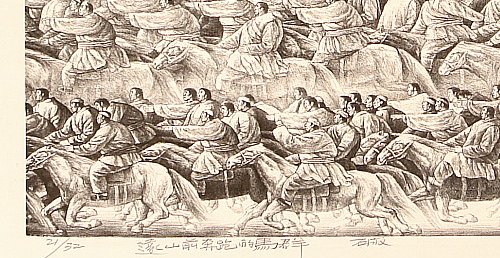

Cross hatching and variations of line is good but do not get rid of large areas of the ground as you are just concentrating on line now NOT TONE.Ħ. Trace the image as a whole onto the plate and then draw through the ground with your etching needles. Or it is ready for you to trace your image onto the plate – remember to do this backwards. It is now ready for you to either draw straight into the ground using etching needles Remove your plate from the hotplate and let it cool. To apply the ball grounds, heat your plate up on the hotplate at around 90 degrees, once your plate and hotplate is up to temperature draw on the ball ground and then either roll or dab the ground over the plate until it’s even all over.ĥ. Or you can use liquid ground that you paint on or Lascaux Non Toxic Acrylic ground) Grounds available to use are as follows (For those of you who do not own a hotplate you can use a blow torch to heat your plate up and then apply your ground with a dabber or a roller. Depending on what hotplate you have or what ground you’re using you will need your hotplate to be around 90 degrees. Put your plate on the hotplate to heat up. Dry your plate using a very clean towel or rag.

Use washing up liquid as this does the trick very nicely and it negates having to go to the trouble to mix up whiting powder and other ingredients to come up with a degreaser.Ĥ. Whichever metal you are using you will need to degrease the plate. If you are using zinc, copper or aluminium they usually come polished where as mild steel comes needing to be cleaned and polished.
Intaglio printing examples how to#
Here you will see the acids and mordants and the metals that they etch with the recipes of how to mix. Steel gives very large print runs.ĭave Gunning Stonehenge Steel Etching PlateĮach metal gives a different result and will react differently to the etchant or mordant that you use.įollow this link to see the Etching Acids Recipes.

An Aquatint is then sprinkled onto the surface of the plate either by hand, pot or box and melted using a hotplate, oven or blow torch. The mordant or acid will etch the intaglio line into the etching plate either as variations or the same depths of line. Working from an original drawing, the line is drawn backwards onto the plate through the wax ground that has been dabbed or rolled onto a degreased plate. Intaglio Etching is a traditional and amazing way to make plates and print from them.


 0 kommentar(er)
0 kommentar(er)
